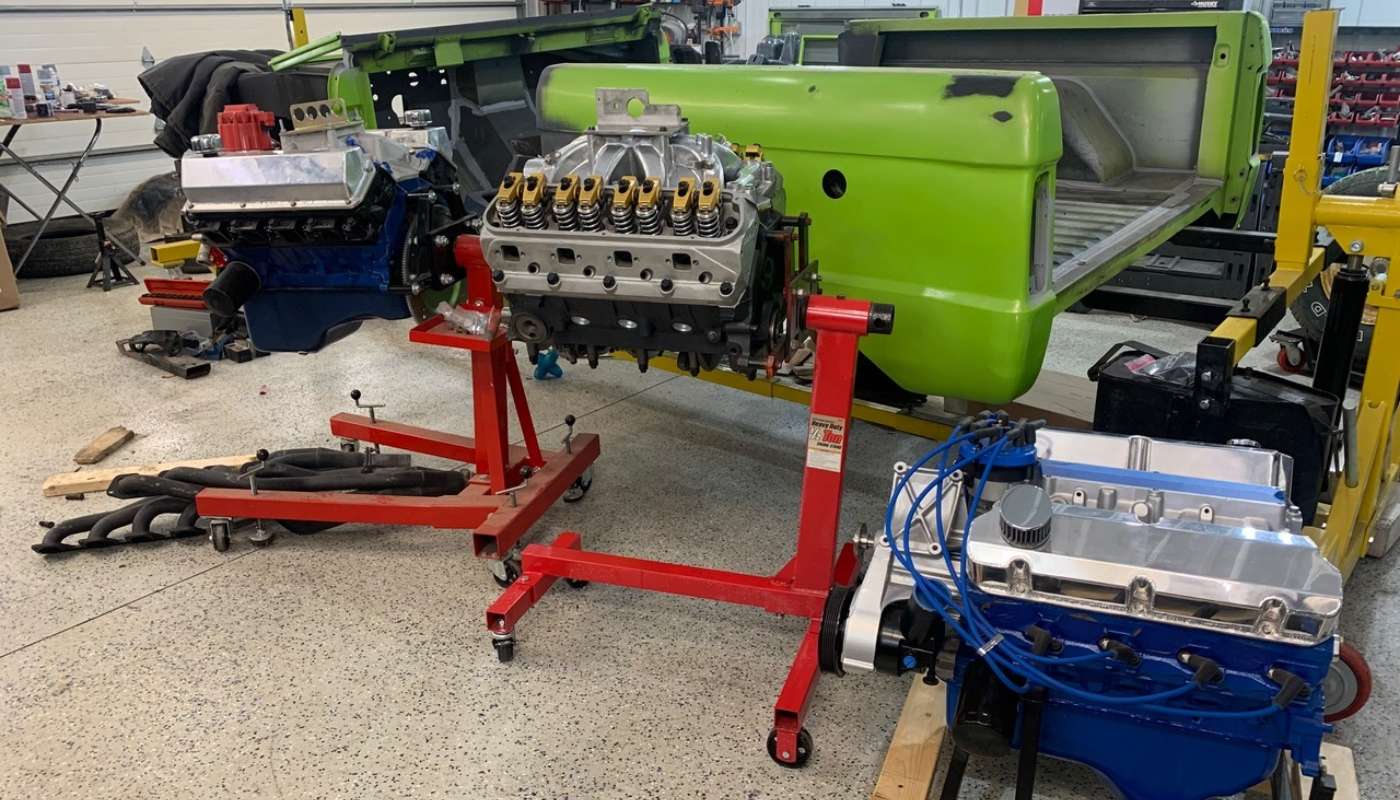
One, Two, Three Strikes I'm Out
By Jeff Bruss
I acquired a 1973 Ford Bronco a few years ago, a bucket list vintage 4x4 of mine, and was lucky enough to grab it right before the early Bronco market went wild. I found one not too far from home for the "reasonable" price of about $10,000. In today's Bronco bucks, I'd expect to pay about double that for a clean body, frame, engine, most of the parts to finish it and most importantly a title.
But like many of us, I had to let the Bronco sit the past several years while I finished a different project — a 1947 Ford pickup. Late last fall, I finally pushed the old girl into my shop and began to rip apart the partially dismantled (or assembled, depending on your point of view) project. I wasn’t too worried though, as my '47 pickup also entered my garage as someone else's vision. It was a chassis and a pile of parts, and you could never sure what some were intended for. Trying to put it all back together was like a puzzle with missing edge pieces. Rather than move forward with the Bronco, I decided to go backward and rip the entire truck back apart.
I started by pulling the tired old 302, which by the date code was most likely the original factory-installed engine. This truck was born with a C4 automatic per the Marti, but the previous dismantler had already undertaken a transmission transplant by mating an NP435 four-speed to the old 302. It was clear neither engine or transmission had ever been touched. I pulled both with the intention of rebuilding and reusing them, but like any good remodeling project, things quickly changed.
Hoisted out and laying in an old tire, I quickly assessed that the 302 needed a full rebuild. I went back and forth in my head between rebuilding, buying a new crate engine or simply scouring the Internet for nearby Ford hearts waiting for a transplant into the boxy Bronco body.
My first misstep of sorts led me to a fuel-injected 302 with a turbo. The completely rebuilt engine had to have six or even seven thousand bucks sunk into the parts and rebuild. My small brain quickly imagined hammering the Bronco throttle while the turbo spooled up, sending her hurling into a corner faster than the old drum brakes could manage. I purchased the 302 for far less than half the sum of its parts — a great buy and fun engine choice for the little filly, right?
Engine mistake number one — cramming a turbo in a Bronco — was probably not the wisest idea. I had never touched anything with fuel injection before, much less a turbo. I got scared (or wise, not sure which), and ditched that idea, but kept the engine for a Model A project I have waiting, and started looking again. One bad engine choice down, several more to go.
The 351 Clevor was sitting 8 hours from my house, and I had it saved in my favorites for months. There's no replacement for displacement I told myself. Previously powering a '69 Mustang, the Clevor was the best of both worlds. The proven Windsor block with high-revving Cleveland muscles would surely be a better, more traditional engine for a tall old truck that came standard with all of 125 horsepower, right?
The previous owner/builder told me that it loves to be revved, which made me giddy. I got it home, stared at it on an engine stand and thought to myself, "It loves to be revved!" Wait, WTF? This is going in a Bronco, not a Mustang — potentially engine fail number two. While I hadn't completely abandoned the idea of the Clevor, I kept looking.
My brain was constantly telling me how much of a moron I was because I could've nearly had a crate engine from Craft Performance with what I now had tied up in these two Windsors. Meanwhile the original 302, still lay in a dirty truck tire, falling over the sides like a fat old man floating in an inner tube in his backyard swimming pool. How would I rectify this poor decision making? By purchasing another Windsor, of course.
Sitting on an engine stand just a couple hours south of my house was a completely re-done 351 with two shiny aluminum cylinder heads — motor cleavage. Put good-looking aluminum heads next to a Hooters waitress and I am going heads nearly every time. Nearly. Rebuilt with all receipts, I had now acquired my third small-block Ford engine — a mild, street-friendly build that would power the Bronco with ease. Third time is the charm I told myself.
While the last acquisition was arguably the soundest choice, I definitely should've made better decisions early on. Without a doubt, I now have more tied up in three small-block Ford engines than a brand new crate would've cost me. On one hand I'm thinking about how dumb that makes me look. But on the other hand, I'm thinking, I have three kickass Ford engines. I often catch myself looking at these iron and aluminum chunks sitting on engine stands like artwork. The admiration I have for the combustion engine is downright creepy. At the end of the day, I don't regret buying three nasty Ford engines — not at all. My only regret is that I only have single project waiting for one of them.
While you might think the story ends here, it really doesn't. Remember that tired old 302 sitting in a tire waiting for a better life? She's finally found one. Over the past few weeks we've been building it up as a 347 stroker, and you can follow the progress starting here. If you like old Broncos, I'll share some more of my missteps in the future. I've spent the better part of the last four months dismantling things I shouldn't have and rebuilding things I did.

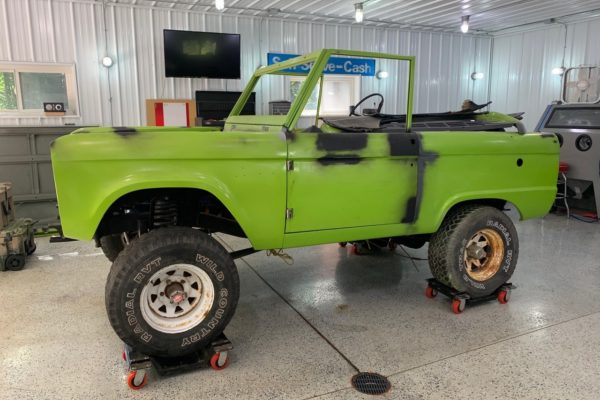
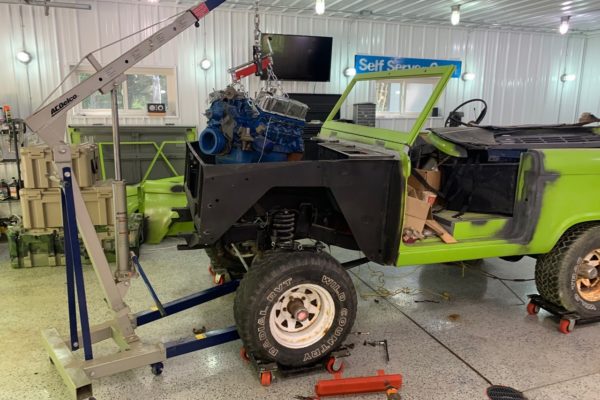
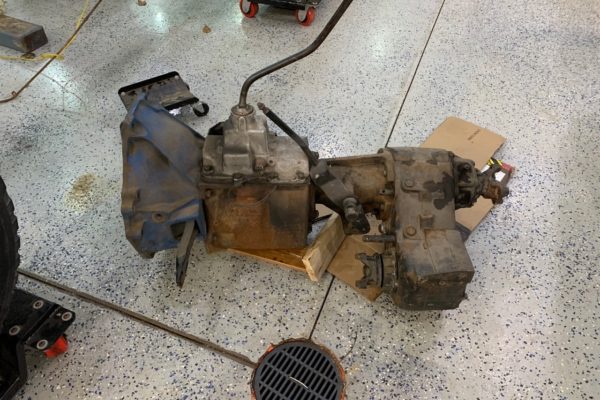

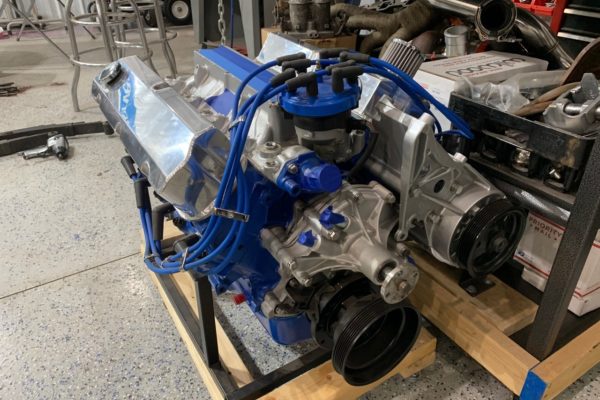
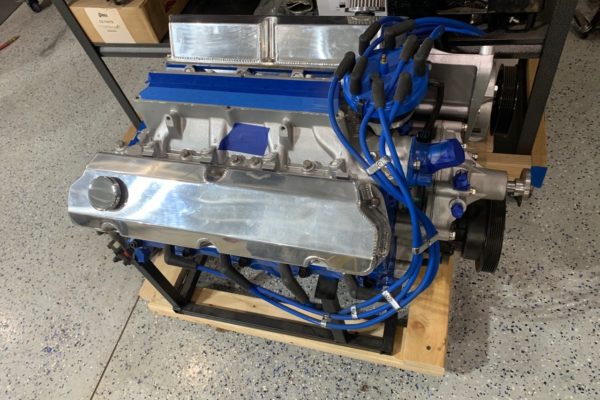

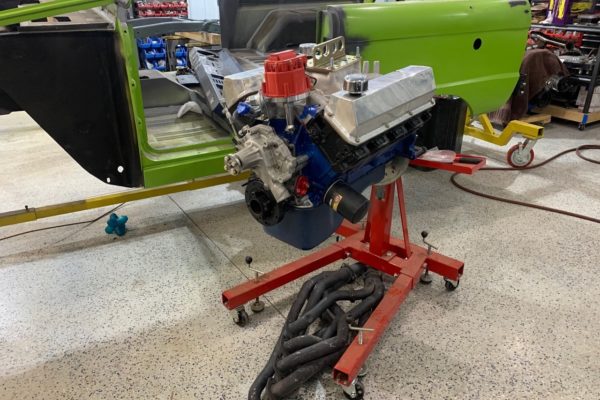
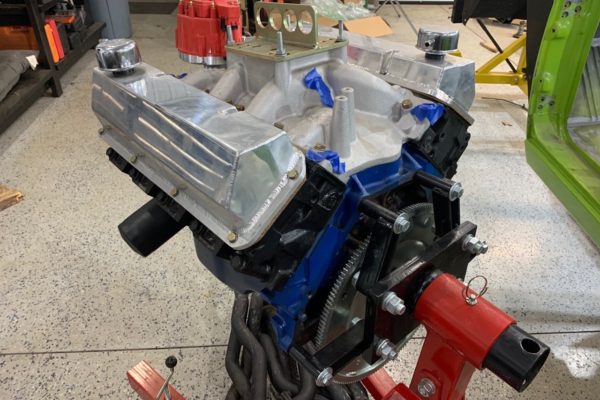
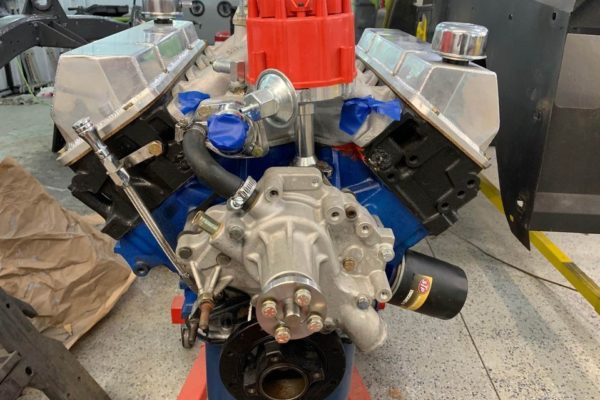
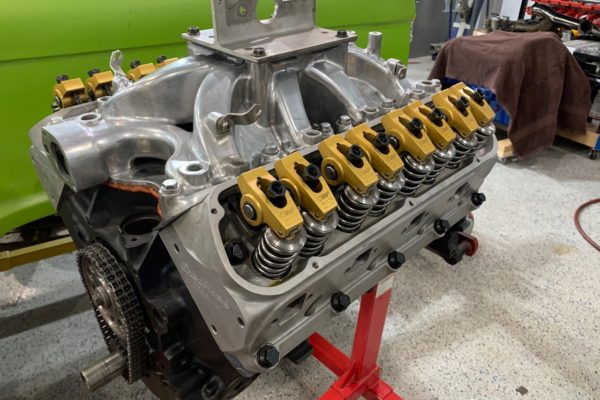
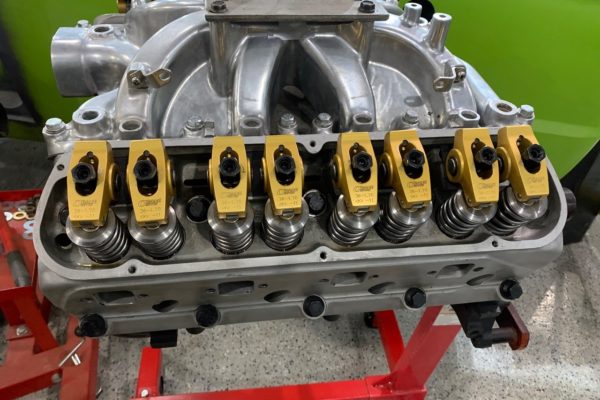
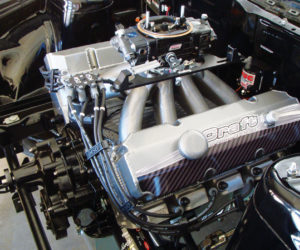
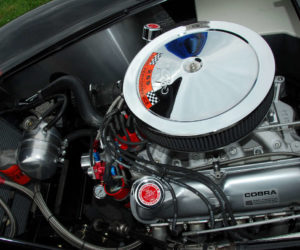
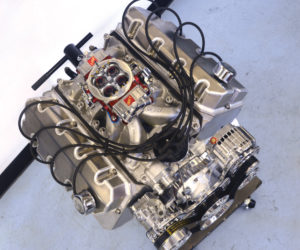
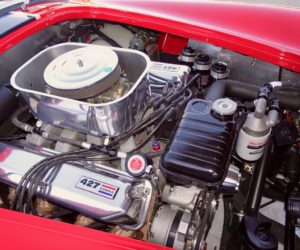
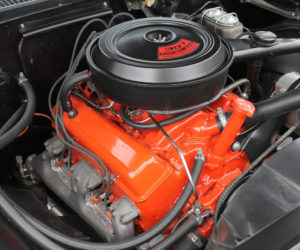
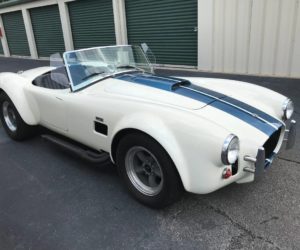




Comments for: One, Two, Three Strikes I'm Out
comments powered by Disqus